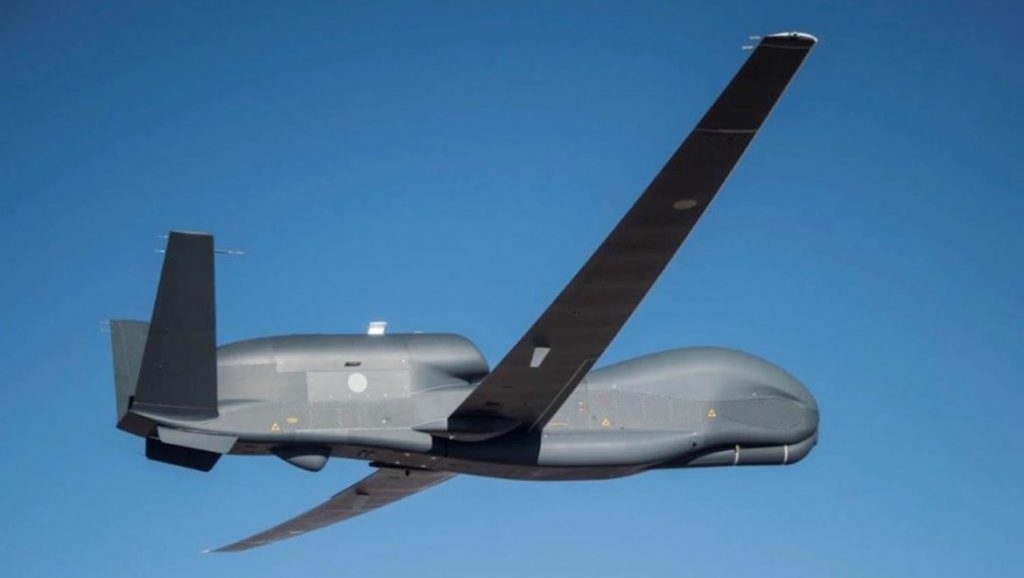
The Japanese government is considering using drones to identify hypersonic missiles, amid heightened tensions between Japan and its Chinese and Russian neighbours, according to reports.
US-based news source The Drive said the Japanese Ministry of Defence has considered employing drones as part of the country’s early warning infrastructure to mitigate the threat of hypersonic missiles being deployed from Russia or China.
Citing Japanese news and defence sources, The Drive suggested that the drones are expected to be equipped with infrared sensors to detect the missiles that were previously utilised to detect ballistic missiles.
“Traveling at speeds of Mach 5 or above, hypersonic weapons fly at velocities broadly similar to ballistic missiles, but unlike them, they do not follow a predictable ballistic trajectory and are able to manoeuvre as they head toward their target, making them harder both to detect and to defeat by kinetic means,” Thomas Newdick wrote in The Drive.
“The Japanese drone-based detection system would involve ‘multiple’ UAVs continuously monitoring the airspace and transmitting their collected data to ground stations.”
The race to develop counter-hypersonic systems has intensified over recent months, amid concern over Chinese and Russian research and development into the weapons systems.
“Such capabilities would impact the existing security balance in the Indo-Pacific and potentially contribute to escalating regional tensions,” Richard Weitz wrote in The Jamestown Foundation.
“Hypersonic missiles are emerging as a highly valued weapon system for the Chinese People’s Liberation Army (PLA) and other advanced militaries due to their unique combination of attributes, which include: 1) sustained high speed (by definition flying at least five times the speed of sound after separation from launcher); 2) increased manoeuvrability, either through powered flight or during gliding descent toward a target; and 3) altitude — many hypersonic missiles fly in the upper atmosphere for much of their trajectory, which is higher than most cruise missiles but lower than the apogee of standard ballistic missiles.”
In the West, the US has increased research and development into attaining hypersonic weapons systems, but with varying results.
Lockheed Martin’s AGM-183 Air-Launched Rapid Response Weapon, which was expected to be the US Air Force’s first hypersonic weapons system, failed its testing this week, raising concerns.
“If that is a quick and rapid resolution, then we would have minimal perturbation to our schedule, and we would look to get back in the air when our next test window is available,” Brigadier General Heath Colling, executive officer for weapons at the US Air Force, said. “If it is a little more prolonged or drives anything excessive from a redesign perspective — which we don’t know at this point — depending on how long that takes, it may impact our ability to meet our next test window as we go forward.”












